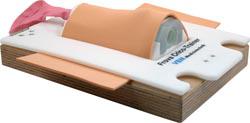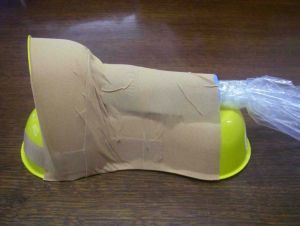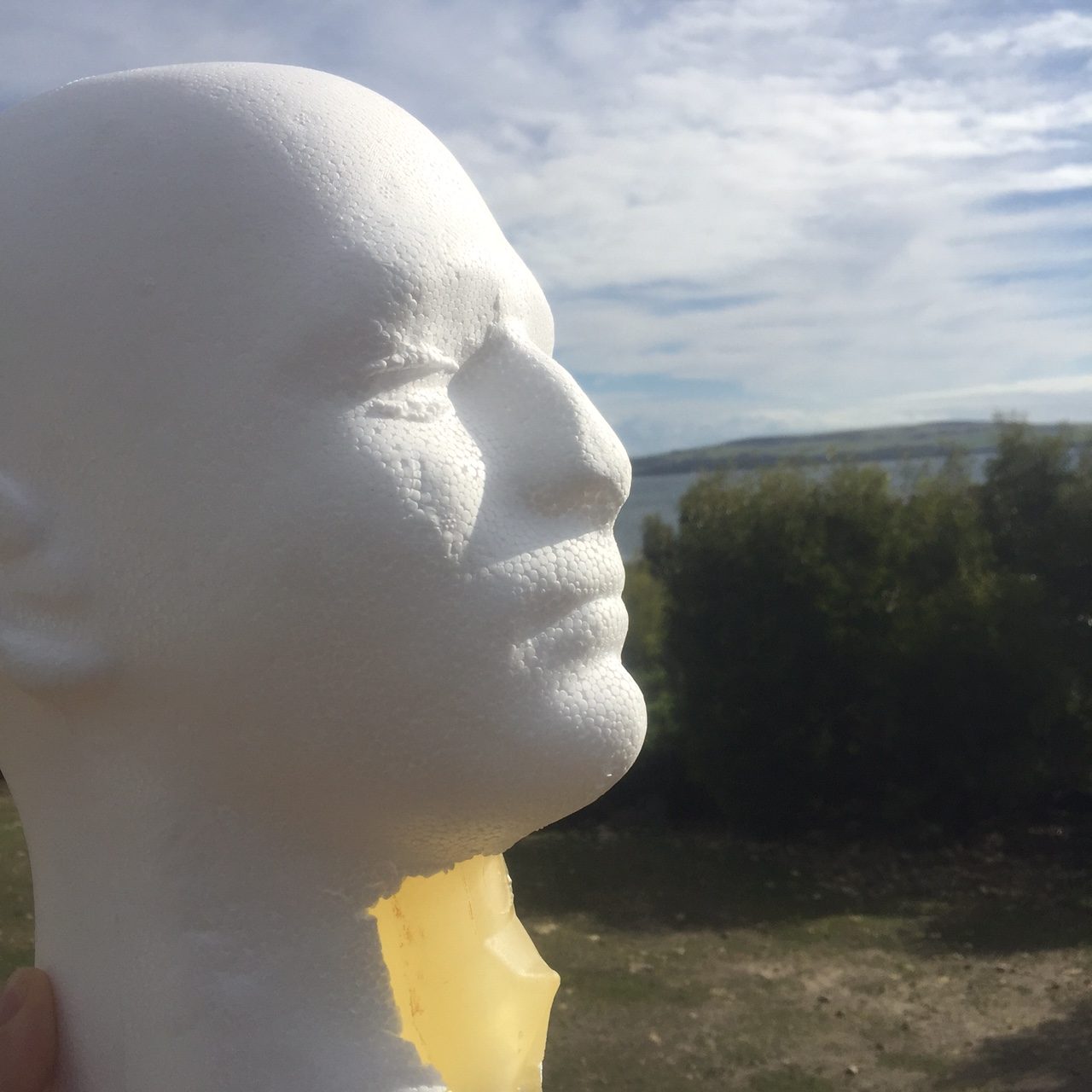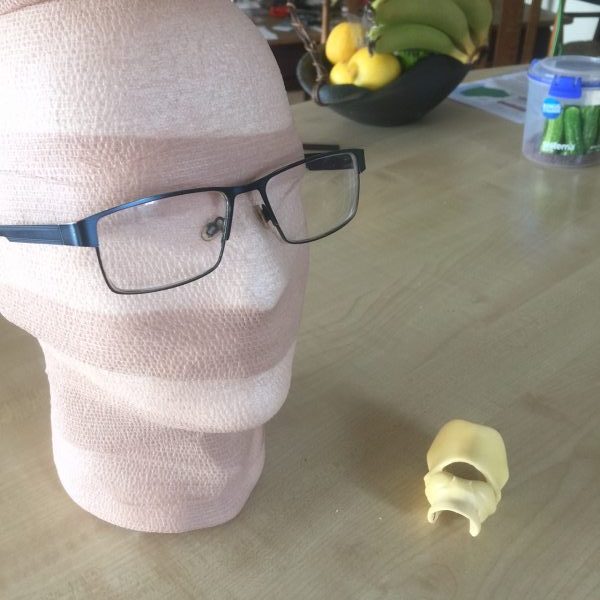The dreaded ‘cannot intubate, cannot oxygenate’ scenario is one which most clinicians will never encounter. In elective anaesthesia, the CICO rate has been described by Cook & Macdougall as 1/5000 in elective cases, proceeding to emergency surgical airway in 1/50,000 (a more recent study from Japan describes CICO as 1/32,000 – either way, a rare event). CICV although rare, accounts for for up to 25% of anaesthetic deaths!
The frequency is higher in emergency airway management, especially in the management of trauma with an incidence reported of 1/200.
As such, it’s a skill for which emergency and anaesthesia clinicians train – even though, like pilots training for ejection at altitude, this is something they hope to never perform. Failure to perform the technique is not uncommon, due to the high cognitive burden in such a situation – loss of situational awareness and breakdown of communication can be contributing factors in any crisis – as exemplified by the case of Elaine Bromiley (see the excellent review here from Nicholas Chrimes and Martin Bromiley).
As for technique, most of us use a scalpel-finger-(bougie)-ETT approach, having identified the cricothyroid membrane reliably using Levitan’s ‘laryngeal handshake’ approach. Andy Heard of Western Australia has also been instrumental in delivering a standardised approach to what the UK Difficult Airway Society is calling ‘front-of-neck access’ (FONA). Unless you are terribly bad at anatomy, it would be hard to conceive any other surgical approach to the trachea then front-of-neck…some of Dr Heard’s videos are here.
There are a variety of options for teaching this skill – the ATLS/EMST course typically uses an animal model, as do many induction and airway courses which use pig or sheep larynx-trachea to give clinicians the feel of handling real tissue.

Non-animal task trainers are also available :
- Laerdal’s Difficult Airway trainer (approx. $3500 AUD)
- SynDaver Labs Adult Cric Trainer (approx. $950 USD)
- the Frova Crico Trainer (approx. $845 AUD)
- the White+Weiss Crico-Trainer ADELAIDE here (price unknown)
These aren’t cheap. Back in 2004, Varaday, Yentis and Clarke described a simple DIY cricothyrotomy trainer “A homemade model for training in cricothyroidotomy” Anaesthesia 2004, 59: 1012-1015
Variations on this theme are well known amongst the FOAMed community, including
- Sim Central’s simple DIY version from common kit in theatre, desrcibed here by Richard Morris
- AirwayNautics Yen Chow summarises some of these models and aspects of surgical airway training
- & of course legend of Australian prehospital care, my mate Robbie Simpson of AMBOFOAM has chipped in with this version
- EMcrit also summarises some of these in the post ‘how to build the ultimate cricothyrotomy trainer’, including Rob Bryant’s infamous edible cric trainer!

One thing strikes me – the vast majority of these trainers do not have a head attached. Is this important?
Well, actually YES. it’s all very well to practice the procedure of scalpel-finger-(bougie)-tube…but one also needs to consider the ergonomics of the procedure – do you approach from the head end? Or from the side of the bed? If so, how does this work – are you left handed? Right-handed? Will the anaesthetic circuit/suction/monitor leads impeded your access to this side of the patient when need to perform a surgical airway in a time-critical manner?
One of the things that frustrates me is teaching this technique on models that are essentially just a pipe covered with simulated flesh and landmarks. There’s no chin in the way. There’s no blood.
A recent conversation with Andy Buck of the rather wonderful ETMcourse reinforced this (Andy is a powerhouse of invention – his garage is full of wonderfully crafted sim kit – do yourself a favour and book into the ETM COURSE or ED PROCEDURES course to see what marvels he has created)
AIME George Kovacs makes a good case for using cadavers, but of course these aren’t available to many of us. Nor are high fidelity mannikins or trainers. The DIY models described above are good for task training – but could be improved by consideration of the position of the patients chin, especially if using a needle access technique.
So – here’s a simple model that can be made for under $5 AUD – yep, under $5. Yes it’s not a cadaver, no it doesn’t have the feel of tissue…but rather than train infrequently using expensive models (cadaver-animal-commerical trainer) there’s more bang-for-buck in using low cost models to task train and focus on aspects of technique. And I reckon the angle of approach with regard to the chin is important to consider.

ADDIT
Since posting this 26-06-16, I’ve had a few comments re: improvements. The most obvious is to simulate the importance of resting the dominant (cutting) hand on the sternum in order to perform the ‘laryngeal handshake’ if using a scalpel approach.
I agree 100% – simple options include abutting the head against a pillow, box or FOAMed block to mimic the chest wall and ensure the haptic feedback of hand postion when performing this procedure. An alternative is just to mount the head against an old Resusci-Anne torso.

You CAN also pick up polystyrene heads with busts on eBay – these would be perfect!
Thanks to Chris Nickson of the Critically Ill Airway course for reminding me of this – perhaps we’ll give it a go next CIA course! See you there….
What do you need?
– polystyrene model heads (on eBay – 10 for A$10)
– homemade model larynx (I make mine from Oogoo, using the technique described by Michael Edmonds when we were mucking about at MedSTAR – see his write up here). Unit cost is around A$2 each
Bingo!
It’s not pretty (Chris Hicks @HumanFactorz) reckons it was a bit Prometheus!) but it works.

Next step – add a sachet of tomato sauce – a technique tried by Anthony Lewis and Rob Simpson in the airway sim session at #smaccDUB – then we’ll have the simulation of blood and STILL be under $5 AUD per model!



ADDITIONAL THOUGHTS
Making a simple styrofoam cutter
Making a mold for larynx
Pingback: How to Build the Ultimate Cricothyrotomy Trainer with Chris Bond
Inspirational. Time to upgrade from using ‘kidney dish and venturi mask tubing’ to e-bay head version.
This reminds me of Fioratou’s group’s efforts to explain why anesthesia teams fail to ask for a surgical airway when all attempts at an endotracheal tube have failed. When the solution (surgical airway) appears to be in a direction away from (uphill from) the goal (ETT) we have much difficulty in accepting that direction. I talked w/ an EM Prof. about this who works at the VCU ED and he said he recognized a while back that trainees simply do not think about a surgical airway as an option. So every patient that comes in, he draws an x on the Cricothryoidmembrane, lays the scalpel and prep stuff on a tray next to the patient and says “this is plan B”.
So my point is, if we can get this idea out there that you don’t need a 6000 sim model for this, then you can keep this in the resident lounges and they can see this every day and practice from time to time but at least remember that this is option B if direct or fiberoptic assisted intubation fails after a reasonable attempt AND that you don’t need 6 -8 people to attempt before you opt for a surgical airway. We think of this as a failure, but it is just another option.
Kenneth A Lipshy, MD FACS
http://www.crisismanagementleadership.com